Are you experiencing a pain that just won’t leave you alone? Have you already tried various remedies but still found no relief?
Hemp drops, a product derived from the cannabis plant, are rapidly emerging as a natural solution for pain relief.
Hemp is a plant with a long history of therapeutic use and its popularity continues to grow thanks to the potential beneficial properties of cannabinoids, especially cannabidiol.
CBD proved to have anti-inflammatory and analgesic effects, providing a promising alternative for the treatment of a wide range of pains, both chronic and acute.
If you are approaching this world and you wish to know more before trying, don’t worry. We will examine in detail how to calm pain with CBD, the different ways of using it, and the important considerations to take into account before starting treatment.
We will find out how to dose hemp drops for pain and potential side effects. If you wish to discover how hemp drops can improve the quality of your life and relieve your pain, keep reading.
CBD Oil 15% (1500mg) Full Spectrum
Take your wellbeing to the next level with CBD Oil 15% Full Spectrum by Maria CBD Oil. This powerful composition was developed for those seeking more intense support, combining purity and efficacy with the power of nature. Made from high quality hemp and a gentle extraction process, it offers a superior experience for daily well-being.…
How hemp oil acts against pain
Several components and factors make hemp oil work for pain:
- Cannabinoids: especially CBD proved to have pain-relieving and anti-inflammatory properties. It interacts with the body’s endocannabinoid system and plays a crucial role in regulating pain, mood and inflammatory responses.
- Essential fatty acids: hemp oil is rich in essential fatty acids such as linoleic acid (omega-6) and alpha-linolenic acid (omega-3), these fatty acids can help reduce inflammation, which usually is the main cause of chronic pain;
- Terpenes: hemp oil also contains terpenes, which are aromatic compounds found in hemp plants. Some terpenes have pain-relieving and anti-inflammatory properties that can contribute to relieving pain;
- Vitamins and minerals: hemp oil is a good source of vitamins such as vitamin E, which has antioxidant properties. Antioxidants can help reduce oxidative stress and inflammation in the body, contributing to relieving pain.
Let’s see now the modes of action:
- Interaction with pain receptors: CBD present in hemp oil can bind to CB1 and CB2 receptors of the endocannabinoid system, affecting pain perception and reducing inflammation;
- Inhibition of inflammatory cytokines: CBD and other cannabinoids can reduce the production of inflammatory cytokines, which are molecules that promote inflammation and pain;
- Increasing natural endocannabinoids: CBD can inhibit the enzyme that degrades natural endocannabinoids in the body, thereby increasing levels of these compounds that help modulate pain.
Of course, the effectiveness of hemp oil against pain may vary from person to person and depends on factors such as the severity of the pain, the cause of the pain and the individual response to cannabinoids.
How to use hemp oil as an anti-inflammatory
Hemp oil can be used as a potential natural anti-inflammatory due to the presence of cannabinoids, especially cannabidiol and the omega-3 and omega-6 fatty acids found in the plant.
Here is how to use CBD for chronic and inflammatory pain:
- Choosing the product: first of all, make sure to buy high quality hemp oil by reliable manufacturers, check that the product has been extracted from organically-grown industrial hemp plants as this affects the purity and potency of the product;
- Dosage: consult a healthcare professional or follow the directions on the product label to determine the appropriate dosage according to your needs;
- Administration: hemp oil can be taken orally, generally in the form of drops, you can add it to food and drinks or take it directly under the tongue for faster assimilation, while some hemp products, such as creams or ointments, can be applied directly to the skin in areas affected by localised inflammation;
- Monitoring: keep track of your symptoms and changes in inflammation over time, it may take a variable period of time to experience the maximum benefits of hemp oil;
- Consult a professional: if you are looking to use hemp oil to deal with chronic or severe inflammation problems, such as joint pain, you should also consult a doctor or health professional before starting treatment to get personalised advice.
Remember that results may vary from person to person and that this natural remedy requires perseverance to be effective.
Hemp oil for joint pain
How do hemp drops for joint pain work? As we mentioned earlier, thanks to its anti-inflammatory and analgesic properties, the modulation of the endocannabinoid system and the other beneficial nutrients in which hemp oil is rich.
A 2016 study examined the effects of CBD on rheumatoid arthritis in rats. The results showed that CBD treatment significantly reduced inflammation and joint pain without noticeable side effects.
Another 2017 study examined the effect of CBD on osteoarthritis in rats. The results showed that topical application of CBD significantly reduced joint pain and inflammation.
A more recent study from 2022 also showed that CBD can improve pain, restore physical function, and increase sleep quality. In the UK, over 10 million people are affected by arthritis, according to a comprehensive report by Versus Arthritis. For this reason, it is very important to be able to find a natural treatment that can alleviate the symptoms and, at best, treat the disease.
How many drops of hemp per day?
The dosage of hemp drops for pain depends on several factors, including why you are using the oil, your individual tolerance, your body weight, and the concentration of CBD in the oil.
As we said, it is important to consult a health professional and follow the specific directions on the label of the product you are using, as these directions may vary.
However, in general, it is advisable to start with a low dosage and gradually increase it until you find the amount that works best for you.
Here are some suggestions:
- Start with the minimum dose: many people start with 5-10 drops of hemp oil per day (typically containing 5 to 10 mg of CBD) to see how their body reacts;
- Increase gradually: if you do not see the desired results, you can gradually increase the dosage every few days (e.g. you can increase 5 drops every 3-4 days until you find the optimal amount);
- Monitor results: keep a record of your symptoms and the dosage used so you can assess how hemp oil affects your condition;
- Talk to an expert: consult a doctor or herbal expert if you have questions or need advice specific to your case.
Avoid exceeding the recommended doses, as you may experience a lack of efficacy or some side effects.
How much CBD to treat muscle pain?
If you have been paying attention so far, you will already have realised that there is no standard dosage for everyone.
In general, when resorting to hemp oil as a painkiller, it is advisable to follow a few general guidelines.
First of all, start with a moderate dose. For many adults, a good starting point is to take 10 to 30 milligrams of CBD per day, this can clearly vary depending on the concentration of the product and the severity of the pain.
And then gradually increase. If you do not see the desired results after a period of time, you can gradually increase the dosage. Increase the dose by 5-10 milligrams at a time every few days, carefully monitoring your reaction.
Remember that CBD pain drops are a natural remedy that may take time to take effect. Optimal doses will vary from person to person, so it is important to listen to your body and adjust the dosage accordingly. Avoid exceeding the recommended doses and make sure to always use high-quality products.
What is the most prominent side effect of cannabidiol?
CBD is generally considered safe and well tolerated, with few significant side effects reported. However, this is true when used appropriately.
The most prominent, though uncommon, side effect of CBD includes fatigue and drowsiness. Some people have reported a feeling of drowsiness or fatigue after taking CBD. This is more common when taking a high dose. Therefore, it is important to avoid driving or activities that require alertness while taking CBD, especially at the beginning of treatment.
Other rare contraindications of hemp drops may include changes in appetite, weight, diarrhoea or mood swings.
Don’t forget that CBD can interact with some medications, so it is important to consult a doctor if you are already on another treatment, especially those metabolised by cytochrome P450.
In any case, most of these side effects are mild and temporary. If you experience unpleasant or serious contraindications, consult a doctor immediately and stop treatment.

-
Product on sale
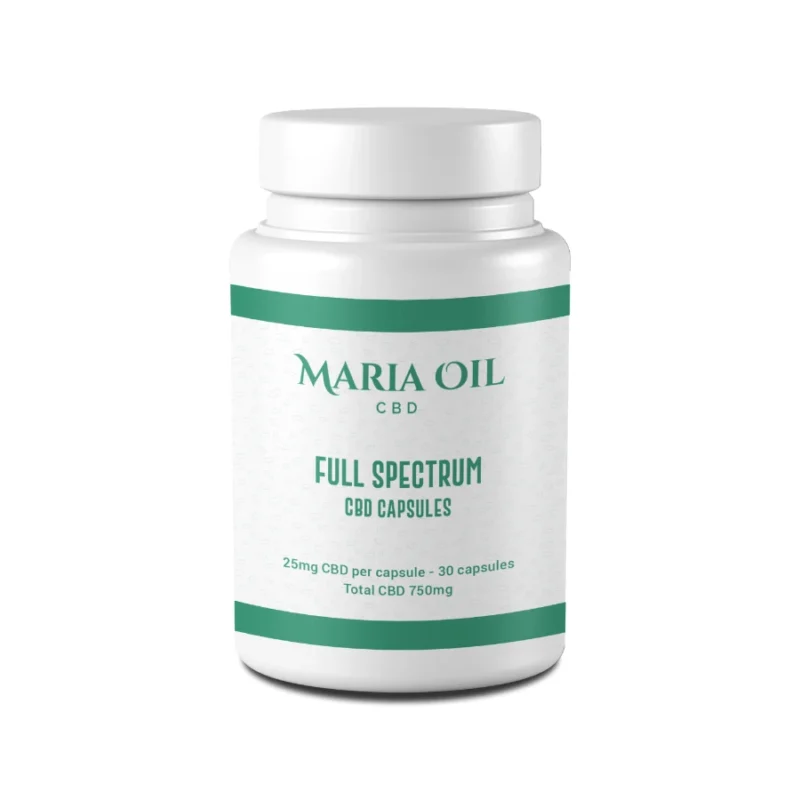 Capsule CBD 25mgOriginal price was: £29.90.£20.93Current price is: £20.93.
Capsule CBD 25mgOriginal price was: £29.90.£20.93Current price is: £20.93. -
Product on sale
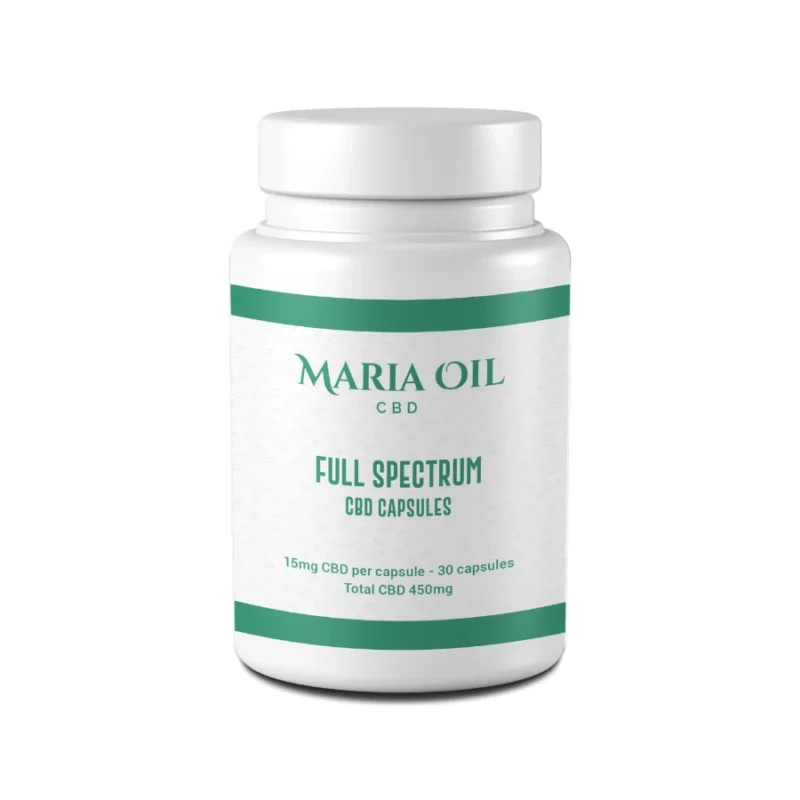 CBD Capsules 15mg (450mg)Original price was: £19.90.£13.93Current price is: £13.93.
CBD Capsules 15mg (450mg)Original price was: £19.90.£13.93Current price is: £13.93. -
Product on sale
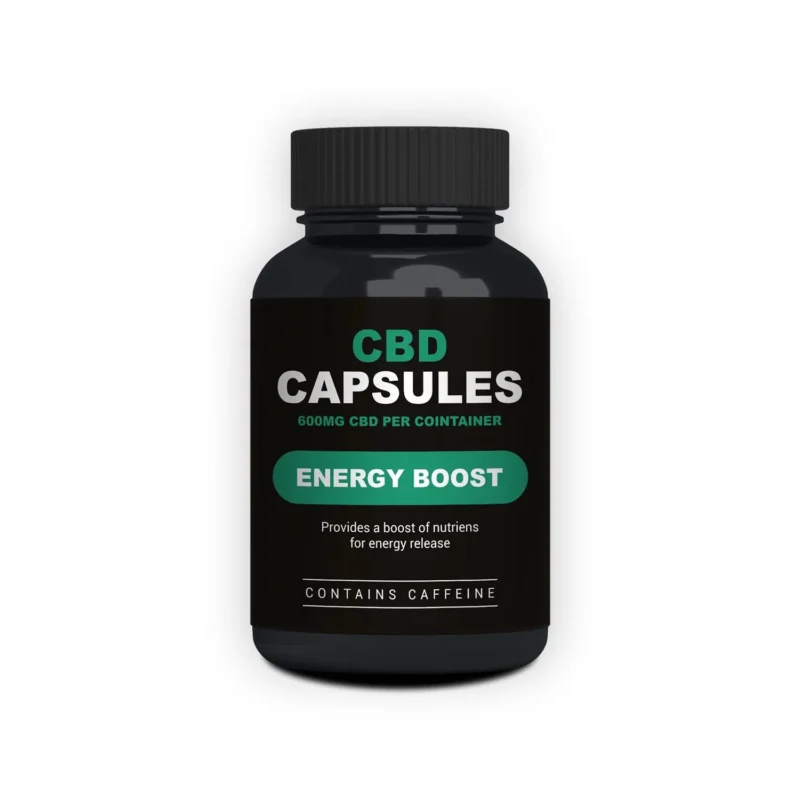 CBD Capsules 600 mg with CaffeineOriginal price was: £39.99.£27.99Current price is: £27.99.
CBD Capsules 600 mg with CaffeineOriginal price was: £39.99.£27.99Current price is: £27.99. -
Product on sale
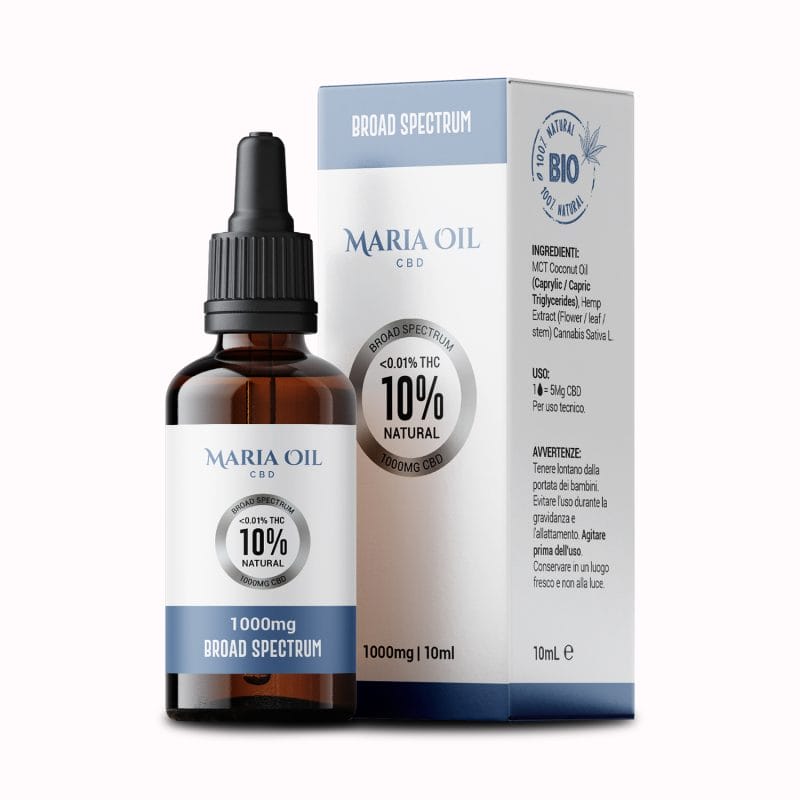 CBD Oil 10% (1000mg) Broad SpectrumPrice range: £17.40 through £32.40From 1,08 €/gr
CBD Oil 10% (1000mg) Broad SpectrumPrice range: £17.40 through £32.40From 1,08 €/gr -
Product on sale
 CBD Oil 10% (1000mg) Full SpectrumPrice range: £17.40 through £32.40From 1,08 €/gr
CBD Oil 10% (1000mg) Full SpectrumPrice range: £17.40 through £32.40From 1,08 €/gr -
Product on sale
 CBD oil 15% (1500mg) Broad SpectrumPrice range: £23.40 through £38.40From 1,28 €/gr
CBD oil 15% (1500mg) Broad SpectrumPrice range: £23.40 through £38.40From 1,28 €/gr -
Product on sale
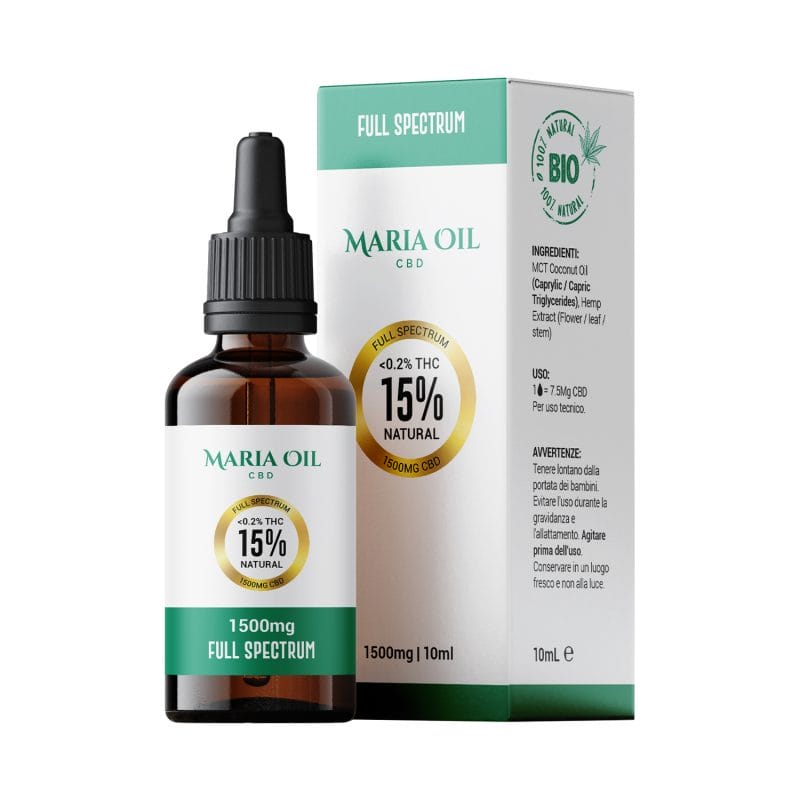 CBD Oil 15% (1500mg) Full SpectrumPrice range: £23.40 through £38.40From 1,28 €/gr
CBD Oil 15% (1500mg) Full SpectrumPrice range: £23.40 through £38.40From 1,28 €/gr -
Product on sale
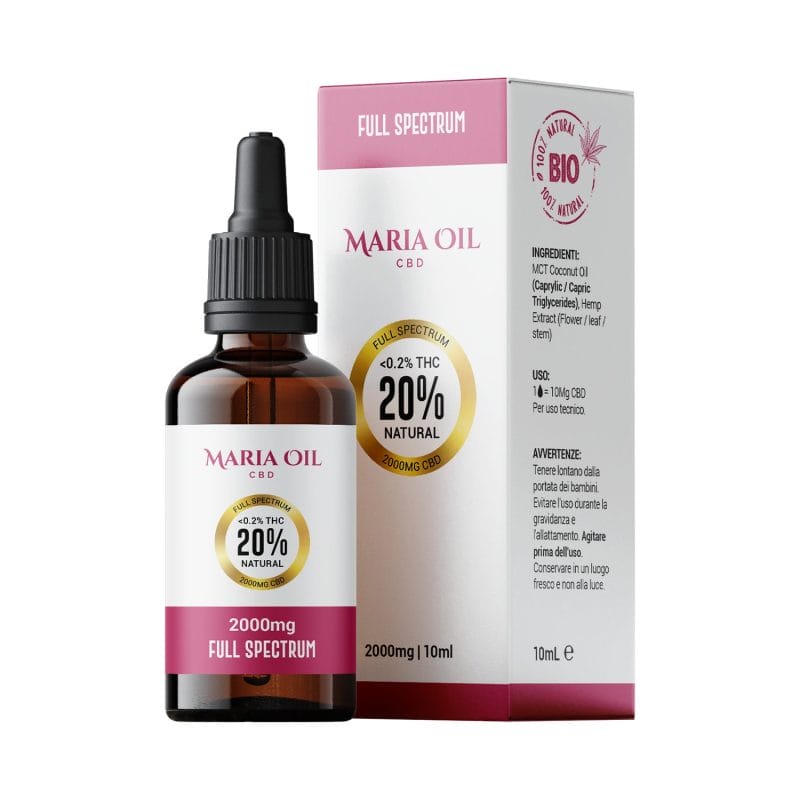 CBD Oil 20% (2000mg) Full SpectrumPrice range: £29.40 through £44.40From 1,48 €/gr
CBD Oil 20% (2000mg) Full SpectrumPrice range: £29.40 through £44.40From 1,48 €/gr -
Product on sale
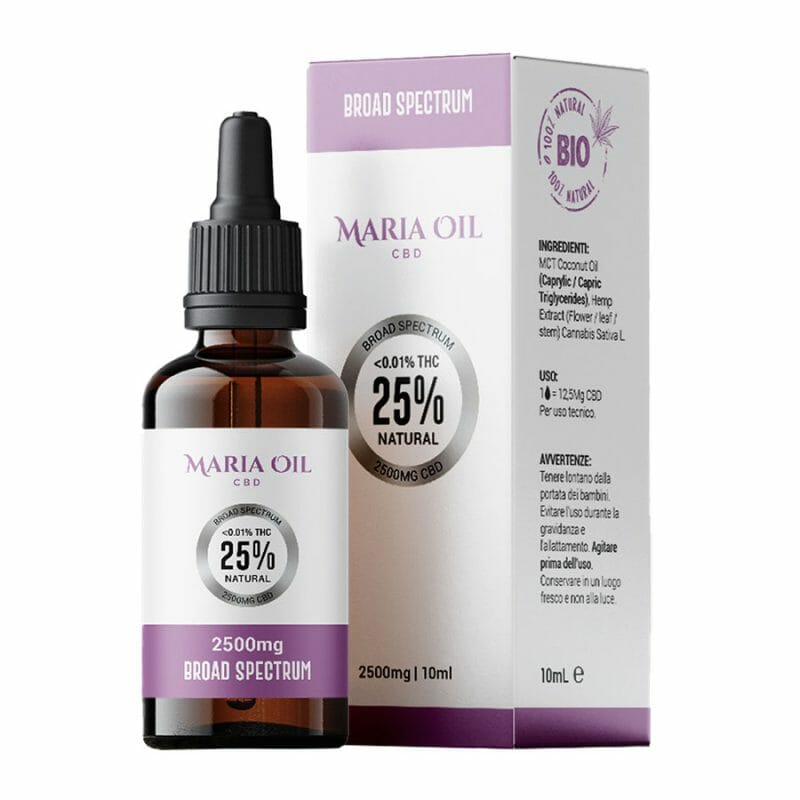 CBD oil 25% (2500mg) Broad SpectrumPrice range: £35.40 through £50.40From 1,68 €/gr
CBD oil 25% (2500mg) Broad SpectrumPrice range: £35.40 through £50.40From 1,68 €/gr
Which CBD oil to choose depending on pain?
Hemp drops for pain are not all the same; knowing the differences between the products is very important to find the right one for your needs.
Here are the main categories of CBD oil:
- Full Spectrum: this type of oil not only contains CBD, but also traces or other cannabinoids, terpenes and compounds naturally found in the cannabis plant that together create an ‘entourage effect’, in which the different compounds work in synergy to enhance therapeutic benefits;
- Broad spectrum: this type of oil contains CBD and other cannabinoids, but is usually free of THC, the psychoactive compound in cannabis, thus offering many of the benefits of full spectrum without the risk of psychoactive effects;
- Isolated: contains only CBD but not all the other substances produced by the hemp plant.
If you have muscle pain or inflammation, a full spectrum CBD oil may be a good choice, as these additional compounds can contribute to relief. Broad spectrum, on the other hand, is an appropriate choice if you want to avoid any trace of THC.
Furthermore, the percentage of CBD in oils can vary widely. Generally, CBD concentrations range from 5% (500 mg per 10 ml bottle) to over 30% (3000 mg per 10 ml bottle). The percentages of CBD to choose depend on the severity of your pain and your individual tolerance.
When choosing a CBD oil, it is also important to pay attention to the quality of the product, the origin of the hemp, and the presence of certifications that attest to the purity and potency of the product.
If you are looking for safe and effective products, visit the Maria CBD Oil shop to explore our product range and find the ideal solution for your needs.
 Contact us
Contact us 







